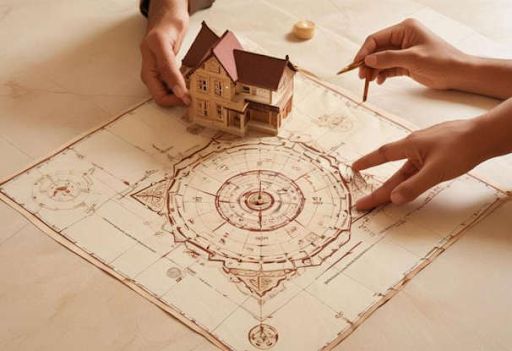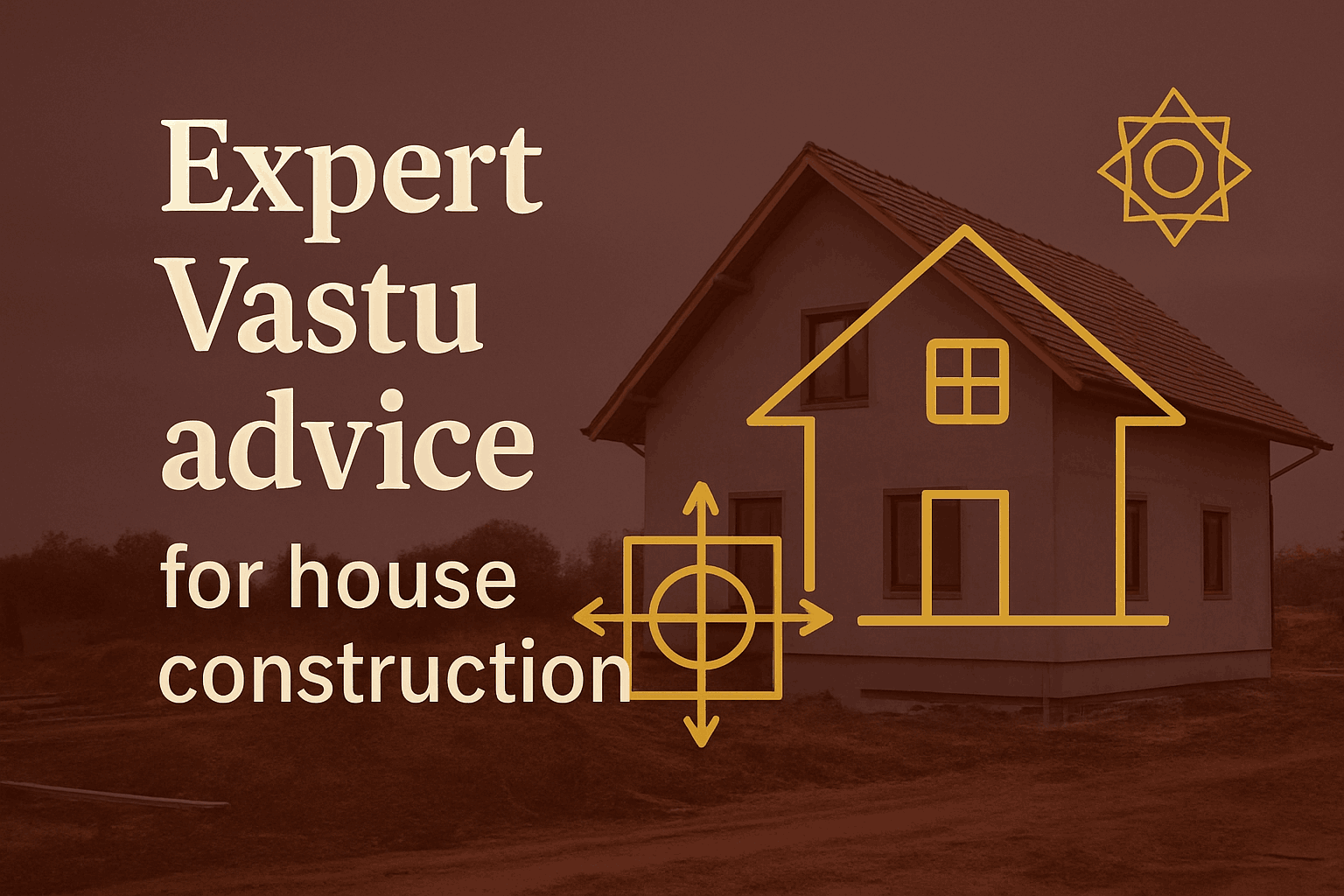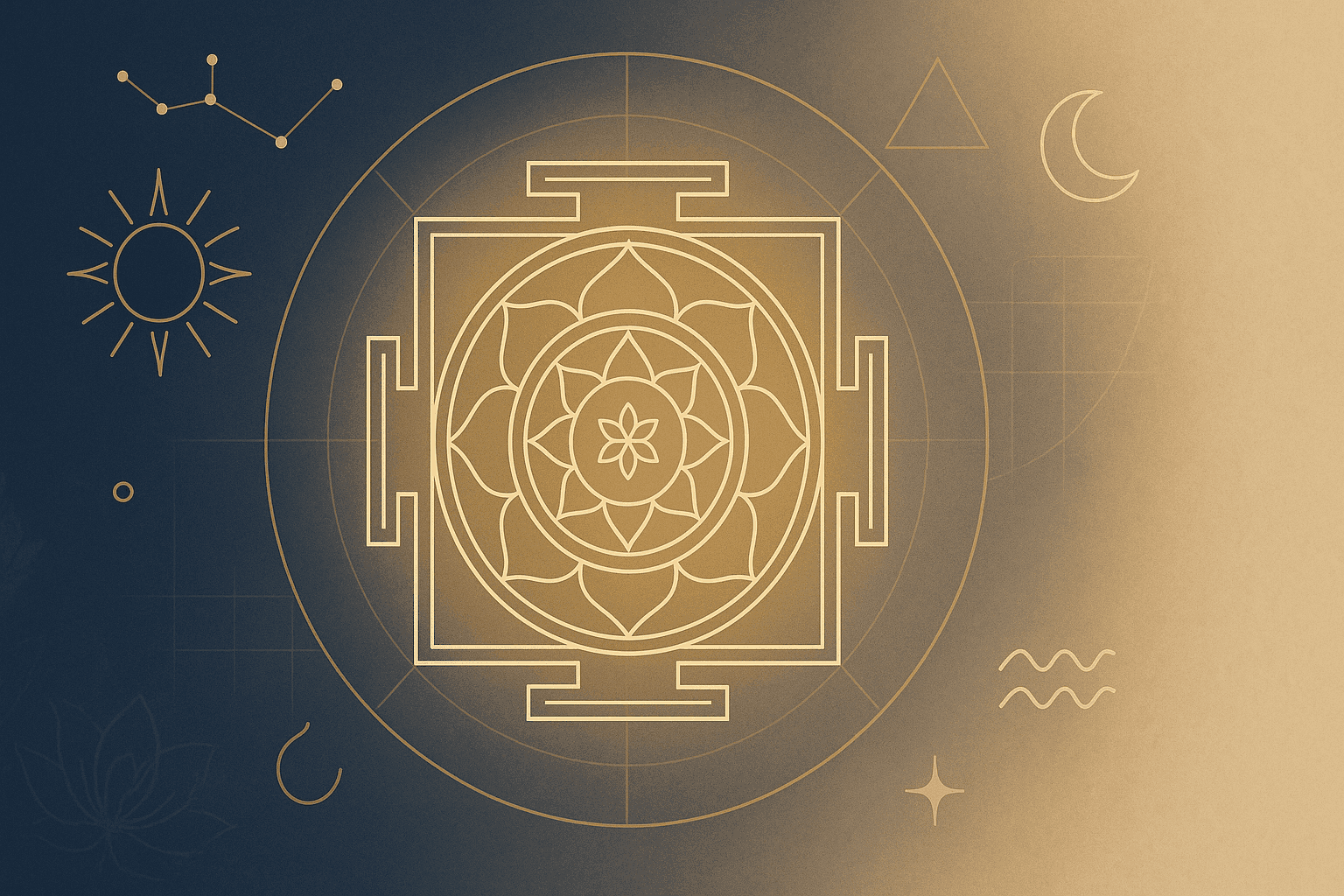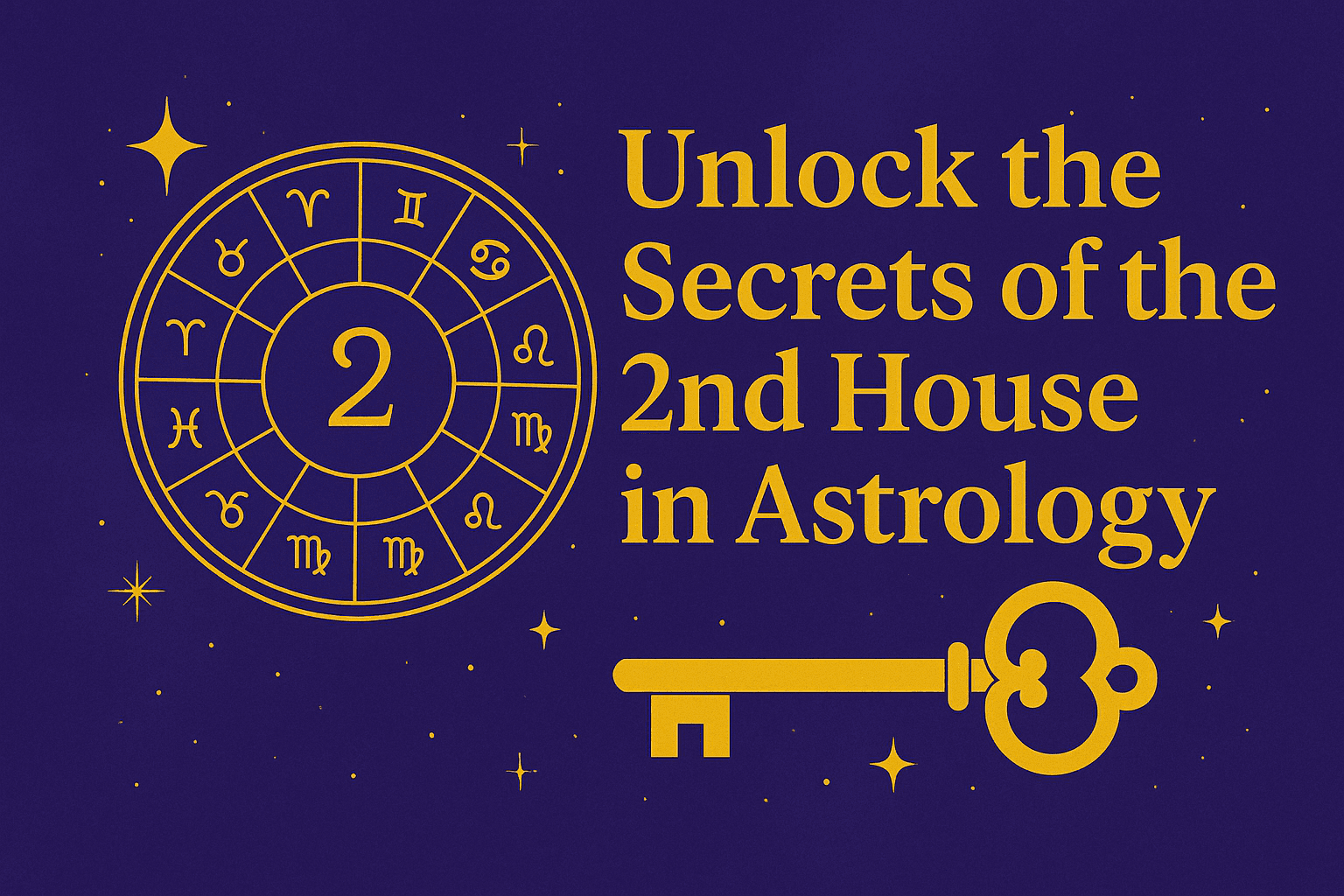Vastu Tips for Home Construction – A Complete Guide for a Harmonious Home
By Aashish Patidar Aug 20 2025 Vastu_Tips_for_Home_Construction,Home_Construction,Vastu_for_Home_Construction
Building a home is one of the most significant milestones in life. Beyond architectural design and modern aesthetics, the energy within a house plays a vital role in shaping the lives of its residents. This is where Vastu Shastra, the ancient Indian science of architecture, comes in. Following Vastu Tips for Home Construction helps align your home with the natural elements—earth, water, fire, air, and space—to create harmony, prosperity, and overall well-being. A well-constructed Vastu-compliant home doesn’t just look good; it radiates positivity and supports physical, emotional, and spiritual growth.
At the Institute of Vedic Astrology (IVA), we believe that Vastu is more than just directions—it’s about aligning your home with the rhythm of nature. Our comprehensive online Vastu Shastra course teaches you how to leverage natural energies to design spaces that are both functional and deeply fulfilling.
Importance of Vastu in Home Construction
Why is Vastu so important in home construction? Homes built without considering Vastu principles may unknowingly block energy flow, leading to disharmony, stress, or financial instability. For instance:
- A kitchen built in the wrong direction can disturb family health.
- A wrongly placed entrance may block opportunities.
- Improper water source placement can cause financial instability.
By following Vastu tips during the initial stages of construction, you ensure that your home becomes a hub of peace, prosperity, and positive energy.
Key Vastu Tips for Home Construction
Here are some of the most important Vastu guidelines to follow when constructing your dream home.
- Plot Selection and Orientation
- A square or rectangular plot is considered most auspicious.
- Plots facing east or north bring prosperity and growth.
- Avoid irregularly shaped plots, as they may lead to an imbalance in life.
- Foundation and Layout Planning
- Begin construction during auspicious times (consulting an expert is advisable).
- Keep the northeast corner open for positive energy inflow.
- Living areas, bedrooms, and kitchens must be placed according to their elemental compatibility.
- Entrance and Main Door Vastu
- The main entrance is the gateway for energy. East, north, or northeast-facing doors are most favourable.
- Avoid placing the entrance in the southwest direction.
- Use wood or metal doors with positive symbols to enhance energy flow.
- Kitchen and Dining Area Vastu
- The southeast corner (Agni corner) is ideal for kitchens.
- Avoid kitchens in the northeast, as it can disrupt peace.
- Dining areas should be close to the kitchen, preferably in the west or east direction.
- Bedroom and Living Room Placement
- The master bedroom is best in the southwest, ensuring stability.
- Children’s rooms can be placed in the west or northwest.
- The living room should ideally be in the northeast or north for vibrant energy.
- Light pastel shades such as cream, light blue, or green bring calmness.
- Prayer Room & Study Room
- The puja room is best in the northeast corner.
- The study room should face east or north, enhancing concentration and learning.
- Staircase and Water Sources
- Staircases should ideally be in the south, west, or southwest, rotating clockwise.
- Avoid staircases in the northeast, as they block positive flow.
- Underground water tanks are best in the northeast; overhead tanks should be in the southwest.

Common Vastu Mistakes to Avoid in Home Construction
- Avoid building toilets in the northeast corner.
- Do not place bedrooms directly above kitchens or garages.
- Ensure proper ventilation and natural lighting; dark spaces disrupt energy flow.
- Avoid irregular plot shapes or sharp corners.
By steering clear of these mistakes, you ensure your home remains a space of balance and positivity.
Modern Homes and Vastu: Can They Coexist?
With modern lifestyles, high-rise apartments, and compact homes, many wonder if Vastu still applies. The answer is yes—Vastu can be adapted to suit contemporary needs.
For example:
- Even if the entrance faces an inauspicious direction, remedies such as mirrors, plants, or symbols can help.
- Modern design elements like skylights, open floor plans, and eco-friendly materials align perfectly with Vastu principles.
The key is balance—integrating tradition with practicality. Consulting a Vastu expert ensures your modern home resonates with positive energies without compromising on style.
Learn Vastu Shastra from Experts
If you are fascinated by Vastu and want to apply its principles not just in your own home but professionally, the Institute of Vedic Astrology (IVA) is your ideal partner.
At IVA, we go beyond simple tips—we provide structured learning that helps you truly understand the science of space and energy. Our online Vastu Shastra course empowers learners with:
- In-depth knowledge of directions, elements, and energy flow.
- Practical applications for real-world architecture and interior design.
- Flexible online learning makes it convenient for students and professionals.
- Guidance from certified experts in Vastu Shastra.
Leverage the power of nature to design your dream home with our comprehensive Vastu Shastra course. Understand the balance of ecosystems and learn how Vastu principles can help you connect with both nature and your inner self.
Final Thoughts
Your home is more than bricks and walls—it’s a space where energies converge and shape your life. By applying Vastu tips for home construction, you invite harmony, health, and prosperity into your living space.
From selecting the right plot to placing rooms strategically, every choice matters. Avoiding common Vastu mistakes ensures that your home becomes a sanctuary of peace. And if you wish to go deeper, learning Vastu systematically can transform the way you see architecture and design.
At the Institute of Vedic Astrology, we provide you with the knowledge and tools to master Vastu and align your surroundings with the natural flow of energy. Whether you’re building your dream home or guiding others, our online Vastu Shastra course opens the door to a life of balance and fulfilment.
Start your journey today and learn how to create homes that don’t just shelter but also nurture.
FAQs
Which direction is best for the main door as per Vastu?
The main entrance should ideally face east, north, or northeast, as these directions attract positive energy and prosperity. Avoid southwest entrances, as they may block opportunities and create disharmony in the household.
What is the ideal location for the kitchen in a Vastu home?
According to Vastu Shastra, the southeast corner is considered the best location for the kitchen since it represents fire energy. The northwest corner is also acceptable, but avoid northeast or southwest placements.
Can Vastu principles be applied to apartments and modern homes?
Yes, Vastu can be adapted to modern apartments and small homes. While structural changes may be limited, remedies like proper furniture placement, use of colours, mirrors, and plants can balance energy effectively.
Why is the northeast corner important in Vastu?
The northeast is considered the zone of divine energy. Keeping it open and clutter-free invites positivity, harmony, and spiritual growth. Ideal placements include puja rooms, meditation spaces, or gardens for maximum energy flow.
What should be avoided during home construction as per Vastu?
Avoid irregular plot shapes, toilets in the northeast, bedrooms above kitchens, or staircases in the northeast. Poor ventilation and dark corners also disturb energy flow, creating stress and imbalance within the home environment.
How does Vastu Shastra impact health and prosperity?
Vastu aligns a home’s design with natural energies. Correct placements of bedrooms, kitchens, and water sources promote health, peace, and prosperity, while wrong placements may cause illness, conflicts, or financial instability in daily life.
Where should the prayer or puja room be built according to Vastu?
The puja or prayer room should ideally be in the northeast corner, which is considered sacred and auspicious. This placement enhances peace, spiritual connection, and positivity within the home.
Search
Recent Post
-
Kaal sarp dosh in astrology – meaning, effects, remedies & solutions
 Astrology has always been a guiding light for peop...Read more
Astrology has always been a guiding light for peop...Read more -
Vastu tips for home construction – a complete guide for a harmonious home
 Building a home is one of the most significant mil...Read more
Building a home is one of the most significant mil...Read more -
10 proven vastu remedies for health problems: a vedic vastu guide to wellness
 Are you struggling with constant fatigue, sleeples...Read more
Are you struggling with constant fatigue, sleeples...Read more -
2nd house in astrology: wealth, family & value systems
 In Vedic astrology, the 2nd House in astrology is ...Read more
In Vedic astrology, the 2nd House in astrology is ...Read more -
Types of dasha in astrology: decode life’s timelines with vedic wisdom
 In Vedic astrology, timing is everything. While yo...Read more
In Vedic astrology, timing is everything. While yo...Read more
